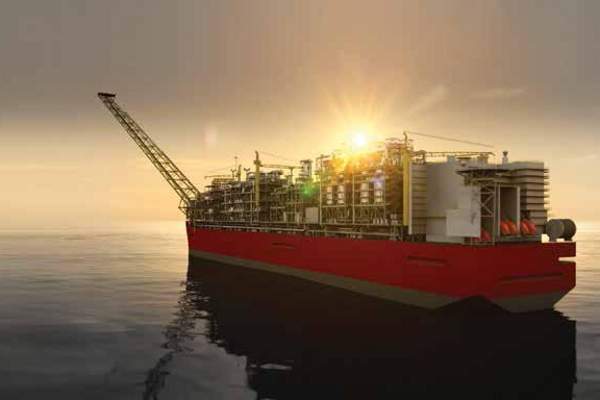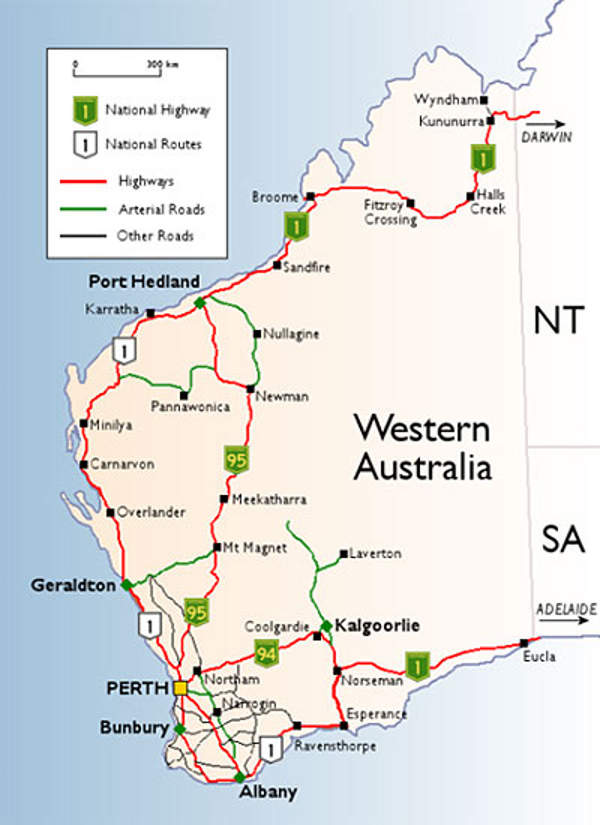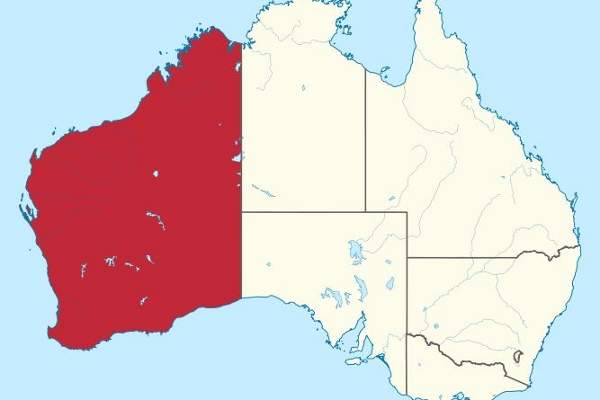The Browse FLNG Project involves the development of the Brecknock, Calliance and Torosa fields using Shell’s floating liquefied natural gas (FLNG) technology.
The three gas and condensate fields are located in the Browse Basin, approximately 425km north of Broome and 290km off the Kimberley coast, at a water depth between 350m and 700m. The fields straddle the TR/5, R2, WA-28-R, WA-29-R, WA-30-R, WA-31-R and WA-32-R permits.
The decision to develop the project using the FLNG technology was made in September 2013, following the evaluation of five possible development concepts between 2006 and 2009. The project entered the front-end engineering and design (FEED) phase in June 2015, while the final investment decision (FID) is expected in the second half of 2016.
The project is being developed by the Browse Joint Venture (JV) and is operated by Woodside Energy, which holds a 30.6% stake in the JV. The other JV partners include Shell Australia (27%), BP Developments Australia (17.33%), Japan Australia LNG (MIMI Browse – 14.4%) and PetroChina International Investment (10.67%).
Production from the Browse FLNG project is expected to begin after five to eight years following the declaration of the FID. The fields are expected to have a production life of approximately between 40 and 50 years. The project is expected to generate approximately 1,000 long-term, direct jobs.
Discovery and reserves
The Torosa, Brecknock and Calliance fields were discovered in 1971, 1979 and 2000 respectively. They are estimated to hold combined gross contingent resources (2C) of 15.4 trillion cubic feet (Tcf) of dry gas and 453m barrels of condensate.
Browse FLNG development details
The conceptual plan for the development of the three fields includes installation of an FLNG facility at each site, subsea facilities such as anchors and mooring lines, umbilicals, flowlines, risers and manifolds, and drilling of up to 64 wells.
Drilling works at the project site are expected to begin approximately two years after the declaration of the FID. The wells will be drilled using a mobile offshore drilling unit (MODU), from five drill centres located at Torosa, two drill centres at Calliance and one drill centre at Brecknock.
The produced gas will be transported by dual-insulated production flowlines and flexible risers to the FLNG facility, where impurities such as water, mercury and CO2 will be removed. The gas will then be chilled to -162°C, converting it into liquid, before being stored onboard and conveyed to markets, by LNG carriers.
Browse FLNG facilities
Each FLNG, with double-hulled steel sides and bottom, will measure 488m-long, 74m-wide, 44m-deep and 600,000t in weight. The production capacity of each facility will be 3.9 million tonnes per annum (Mtpa) of LNG and approximately 22,000 barrels per day (bpd) of condensate. Eight LNG storage tanks will be featured in each vessel.
Each FLNG will feature accommodation facilities for 120 personnel, expandable by up to 340 people. They will be permanently moored to the seabed via a turret mooring system and will be designed to withstand one in 10,000-year weather events.
Contractors involved with the Australian offshore project
The FEED contractors for the project include the Technip and Samsung Heavy Industries consortium, Wood Group and OneSubsea.
The Technip-Samsung consortium will primarily analyse the composition of the gas, local weather conditions and other factors specific to each of the three fields. The FEED for the insulated production flowline system is being performed by Wood Group, while the FEED for the remaining subsea production system is being performed by OneSubsea.
The contract to perform the project’s offshore geotechnical site investigation was awarded to Benthic in May 2014. It performed the two-month task of deploying its portable remote-operated drill (PROD) onboard the Nor Captain vessel.





